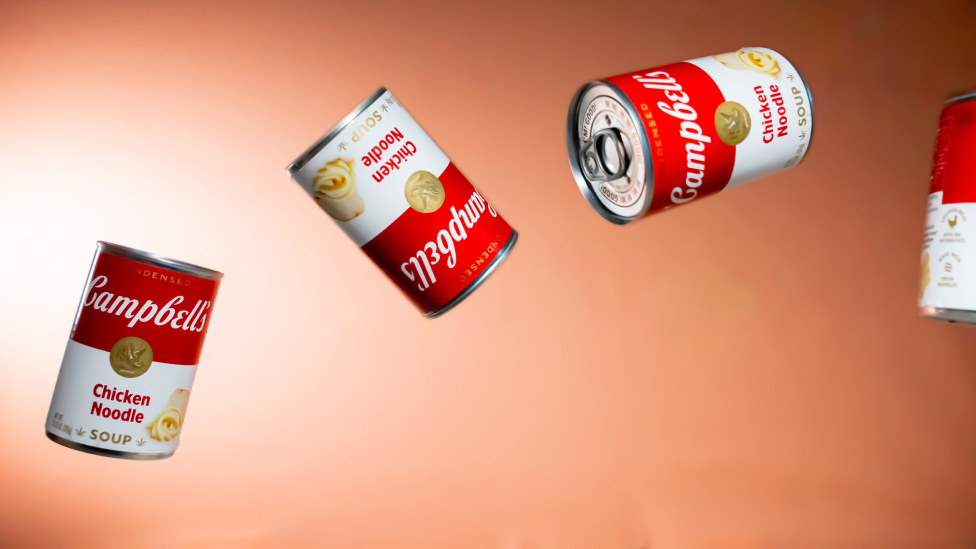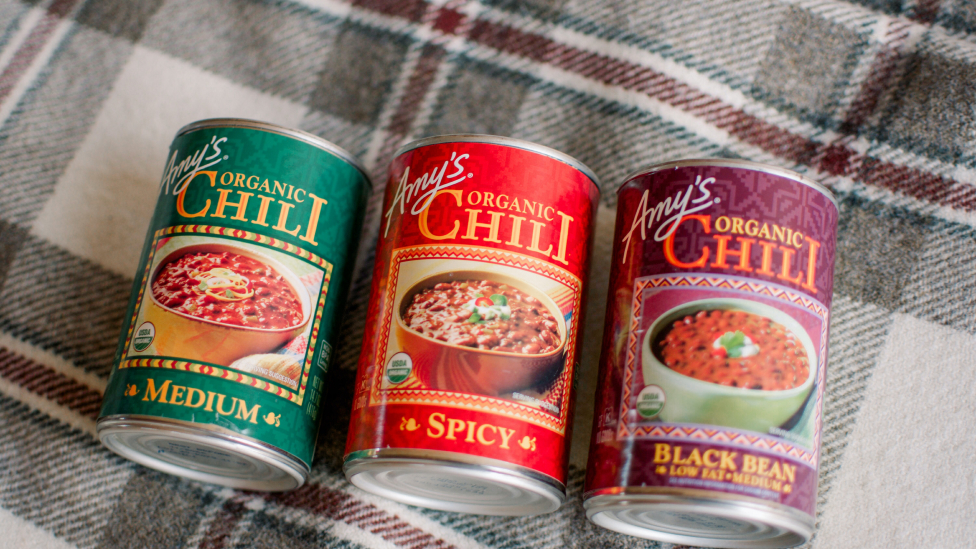Space exploration pushes the boundaries of human knowledge and capabilities, requiring meticulous planning and consideration of every aspect, including food supply. Canned food has played a crucial role in sustaining astronauts during space missions.

This article explores the significance of canned food in space exploration, highlighting its benefits, challenges, and innovations that have revolutionized the way astronauts eat in space.
1. The Challenges of Space Food:
Space missions present unique challenges for food supply:
Limited Resources: Spacecraft have limited storage space, weight restrictions, and limited access to fresh food, necessitating the need for compact and long-lasting food options.
Nutritional Requirements: Astronauts require a balanced diet to maintain their health and performance in space. Adequate nutrition is essential to counteract the physiological changes experienced in microgravity.
Safety and Hygiene: Ensuring food safety and preventing contamination is crucial in the confined and controlled environment of a spacecraft.
2. Benefits of Canned Food in Space Exploration:
Canned food offers several advantages for space missions:
Long Shelf Life: Canned food has a long shelf life, allowing it to remain safe and nutritious for extended periods. This is essential for long-duration missions, where resupply opportunities are limited.
Nutritional Value: Canned food retains its nutritional value, providing astronauts with essential vitamins, minerals, and macronutrients necessary for their well-being and performance in space.
Convenience and Portability: Canned food is compact, lightweight, and requires minimal preparation, making it an ideal choice for space travel. Its convenience and portability allow astronauts to easily store, transport, and consume their meals in microgravity conditions.
3. Evolution of Space Food:
Over the years, space agencies have made significant advancements in space food technology:
Mercury and Gemini Programs: Early space missions relied on bite-sized, freeze-dried food cubes and tubes. These provided essential nutrients but lacked variety and palatability.
Apollo Program: The Apollo missions introduced the first canned food options, including canned meats, fruits, and vegetables. This expanded the menu and improved the overall eating experience for astronauts.
Skylab and Space Shuttle Era: These missions saw the introduction of thermostabilized and irradiated canned food, which improved food safety and extended shelf life.
International Space Station (ISS): The ISS marked a significant milestone in space food innovation. Astronauts now have access to a wide variety of canned food options, including meats, fruits, vegetables, soups, and desserts. These are carefully selected, processed, and packaged to meet the nutritional needs and taste preferences of astronauts.
4. Innovations in Space Food:
To enhance the quality of space food, ongoing research and innovations are taking place:
Retort Pouches: Retort pouches, similar to flexible cans, have gained popularity as an alternative to traditional metal cans. They offer weight and volume savings while maintaining the long shelf life and nutritional value of canned food.
Advanced Packaging: Advances in packaging technology, such as modified atmosphere packaging and vacuum sealing, help preserve the quality, taste, and nutritional content of canned food during space missions.
Fresh Food Production: Research is being conducted on growing fresh food, such as vegetables, aboard spacecraft. This could provide additional dietary variety and psychological benefits to astronauts on long-duration missions.
3D Printing: The concept of 3D printing food in space is being explored, allowing astronauts to customize their meals and potentially reduce the need for pre-packaged canned food.
5. Psychological Impact:
Canned food not only serves as sustenance but also provides a sense of comfort and familiarity for astronauts during their time in space. The ability to enjoy familiar flavors and meals from Earth can have a positive impact on their mental well-being and overall morale.
Conclusion:
Canned food plays a vital role in sustaining astronauts during space exploration missions. Its long shelf life, nutritional value, convenience, and portability make it an ideal choice for space travel. Ongoing research and innovations in space food technology continue to improve the quality, variety, and freshness of food options available to astronauts. As space exploration expands to longer-duration missions and potential colonization efforts, the role of canned food will remain essential in ensuring the well-being and performance of astronauts beyond Earth.



采访刊发中国罐头⾏业-01.jpg)

